Description
Phenol: A Versatile Compound with a Significant Impact
Phenol, also known as carbolic acid, is a fascinating and versatile aromatic organic compound with a chemical formula of C₆H₅OH. Though often recognized for its historical use as an antiseptic, phenol’s current applications extend far beyond that, playing a crucial role in various industries and scientific fields. This article delves into the chemical properties, production methods, applications, and potential hazards associated with this important compound.
Understanding the Chemistry of Phenol
At its core, phenol consists of a hydroxyl group (-OH) directly bonded to a benzene ring. This seemingly simple structure grants phenol unique chemical characteristics. The presence of the hydroxyl group makes phenol slightly acidic compared to alcohols due to the stabilization of the phenoxide ion (C₆H₅O⁻) through resonance within the benzene ring. This acidity, though weak, allows phenol to react with strong bases.
Furthermore, the benzene ring influences the hydroxyl group, making it more reactive. This enhanced reactivity allows for various chemical reactions, including electrophilic aromatic substitution, which is crucial for synthesizing numerous derivatives.
From Coal Tar to Modern Production
Historically, phenol was extracted from coal tar, a byproduct of coal processing. However, modern industrial production relies primarily on synthetic methods. The most common processes include:
- Cumene Process: This process involves the oxidation of cumene (isopropylbenzene) to cumene hydroperoxide, which is then cleaved by acid to yield phenol and acetone. This method is favored due to the co-production of acetone, a valuable industrial solvent.
- Raschig-Hooker Process: This process involves the chlorination of benzene to chlorobenzene followed by hydrolysis to produce phenol. Although less common than the cumene process, it still holds significance.
These synthetic routes allow for large-scale production of phenol, meeting the ever-growing demand for this versatile chemical.
A Wide Range of Applications
Phenol’s unique properties make it a valuable building block for a wide range of products, contributing to numerous industries:
- Plastics and Resins: Phenol is a key precursor in the production of phenolic resins, such as Bakelite, which are used in adhesives, molding compounds, and laminates. These resins are known for their heat resistance, electrical insulation, and rigidity.
- Pharmaceuticals: Phenol and its derivatives are used in the synthesis of various pharmaceuticals, including aspirin, antiseptics, and disinfectants. Its antiseptic properties, though less prominent today due to the development of safer alternatives, were historically significant.
- Herbicides and Pesticides: Several herbicides and pesticides utilize phenol derivatives as active ingredients. These compounds are used in agriculture and pest control to protect crops and maintain public health.
- Dyes and Indicators: Phenol serves as an intermediate in the production of dyes and pH indicators. Its sensitivity to pH changes makes it a useful component in indicators like phenolphthalein.
- Laboratory Reagent: In research laboratories, phenol is used for various purposes, including DNA/RNA extraction and protein purification.
Safety Considerations and Environmental Impact
While phenol offers numerous benefits, it’s essential to acknowledge and address its potential hazards. Phenol is toxic and corrosive, causing burns upon skin contact. Inhalation or ingestion can lead to serious health complications. Proper handling procedures, including the use of personal protective equipment (PPE), are crucial when working with phenol.
The environmental impact of phenol is also a concern. Phenol can contaminate water sources and pose risks to aquatic life. Waste streams containing phenol must be treated appropriately to minimize environmental damage. Research and development efforts are ongoing to find more sustainable and environmentally friendly alternatives to phenol in certain applications.
Conclusion
Phenol is a remarkable and widely used chemical compound. Its unique structure and reactivity make it a valuable precursor for numerous materials and products that impact various aspects of our lives. From plastics and pharmaceuticals to herbicides and dyes, phenol’s applications are diverse and significant. However, it is crucial to acknowledge and mitigate its potential hazards through responsible handling and environmental stewardship. Continued research and innovation will be essential for developing safer and more sustainable alternatives and further optimizing the use of this important chemical compound.

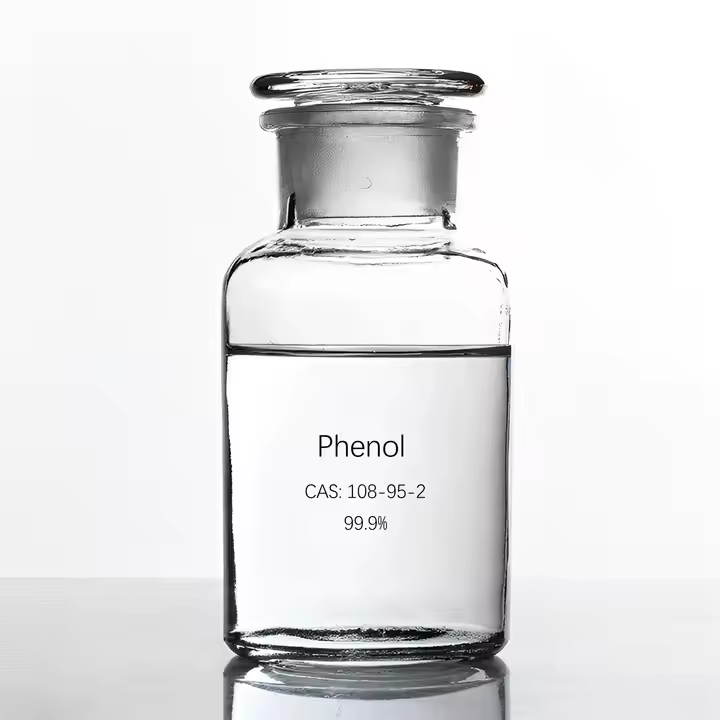
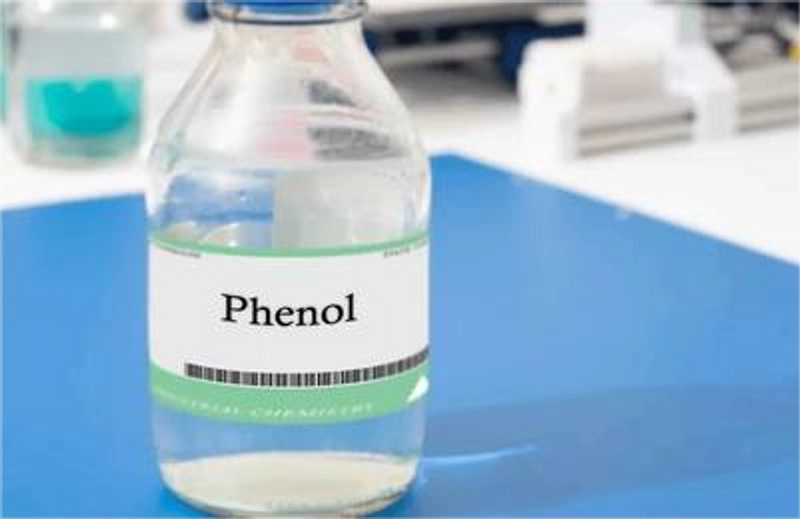



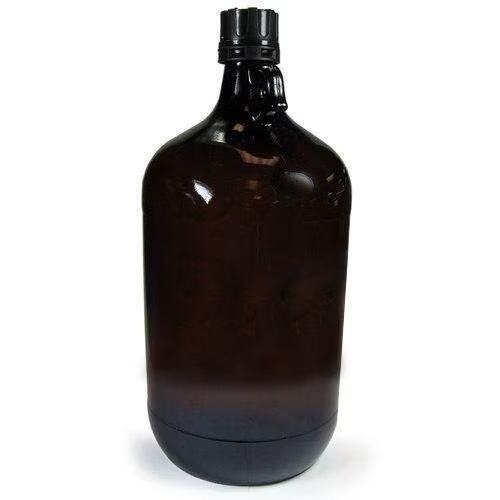

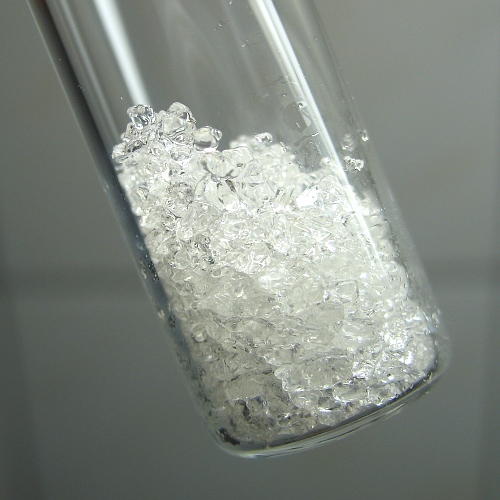


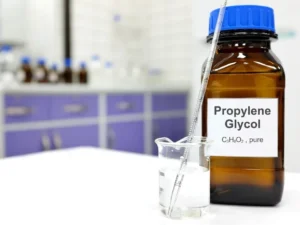


Reviews
There are no reviews yet.